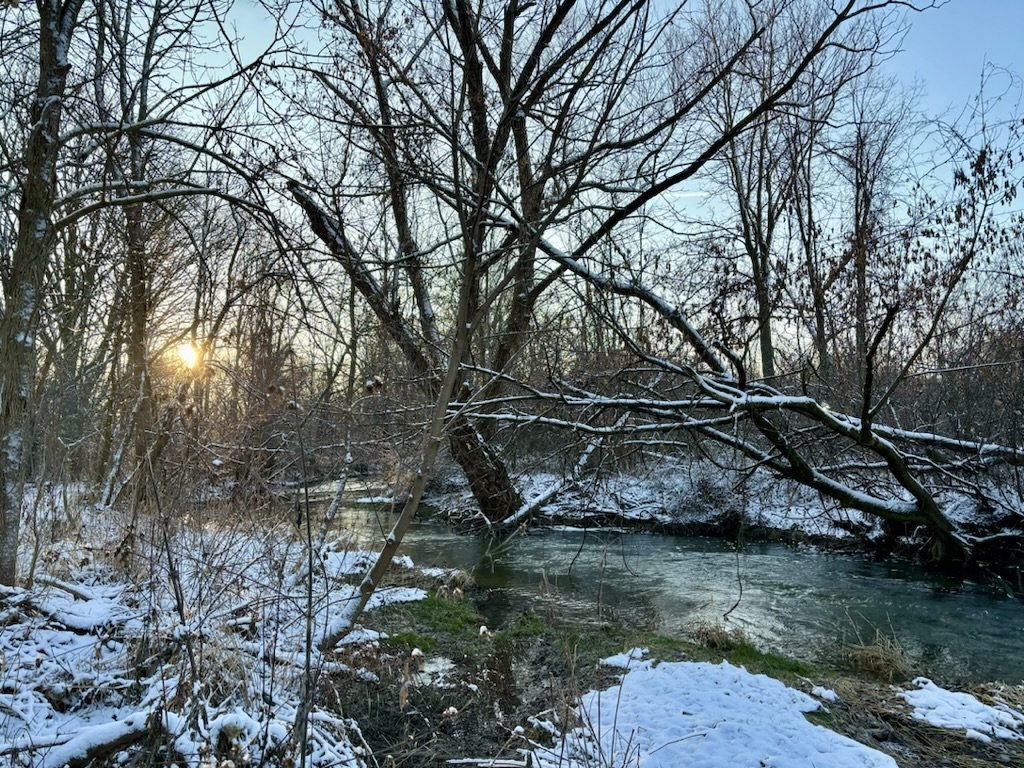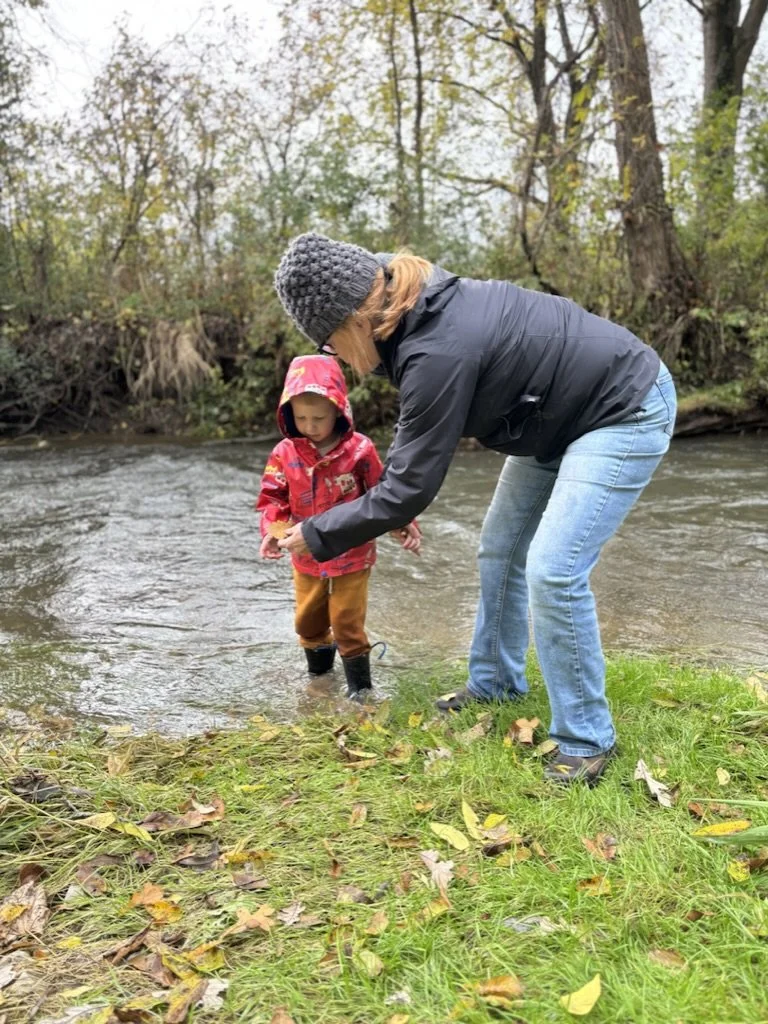
What is Forest and Nature School
Child & Nature Alliance of Canada defines Forest and Nature School as a practice that revolves around the Land and the child. In Forest and Nature Schools the Land is considered the primary teacher, with the child and educator as additional teachers. Child-led, inquiry based play directs the learning and exploration of the group (emergent curriculum).
The three main pillars of Forest and Nature Schools are trust, reciprocal relationships and freedom.
Principles of Forest & Nature Schools
Forest & Nature Schools:
1) take place in any outdoor space. This can be a forest, urban green space, creeks, mountains or prairies.
2) are a practice of regular and repeated sessions in the same outdoor space. Allowing children to develop a relationship with the Land and begin to see themselves as part of the natural world.
3) view children as curious, competent and capable learners.
4) are led by educators who teach and learn with children through play-based, inquiry-driven, emergent learning.
5) value self-directed, freely chosen children’s play. Forest and Nature programs give children the time and space to dive deeply into their play.
6) view risky play as a central part of children’s learning and development. In Forest and Nature Schools risky play is facilitated by qualified educators who support children to co-manage risk.
7) use loose, natural material to support creative, open-ended learning and play.
8) are process, not outcome focused.
9) prioritize building relationships with First Nations, Metis, and Inuit people who have been learning on the Land for time immemorial.
10) prioritize building healthy, vibrant, engaged and diverse communities through consideration of access and equity in our decisions, practices, policies and programs.




